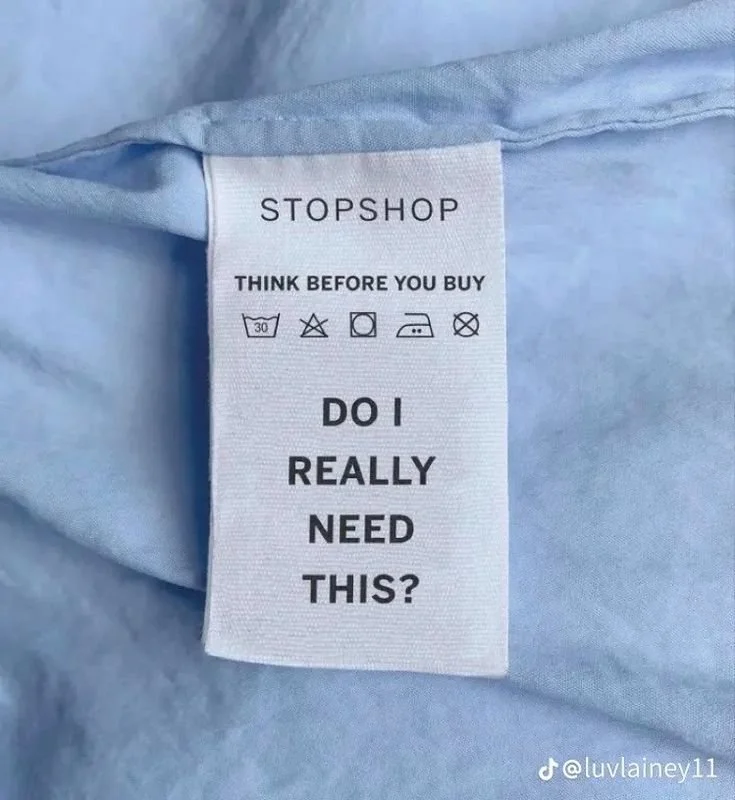
Fashion is one of the world’s largest industries, worth over $1.8 trillion. It’s also one of the largest contributors to global warming & climate change.
The dark side of the fashion industry & what to do about it
-

What is fast fashion?
Fast fashion involves rapidly producing and selling inexpensive clothing to keep up with the latest trends. Brands do this to quickly get trending items to their consumers who will wear them and discard them once the trend is over. This contributes to the toxic system of overproduction and insatiable overconsumption that has made fashion one of the world’s largest polluters.
-

Why is it harmful?
Fast fashion harms the environment by creating tons of waste, using excess water and energy, polluting water and air, creating microplastics, degrading wildlife habitats, and contributing to global warming and climate change. The fashion industry produces around 92 million tons of textile waste annually and is responsible for 20% of global water waste and 10% of global carbon emissions.
-

What you can do about it
Ways to stop fast fashion and reduce your environmental impact could include buying less, not supporting large corporations who participate in fast fashion (like Shein), choosing sustainable fabrics, shopping secondhand, repairing your clothes or upcycling, and supporting sustainable brands.
Josephine Philips, founder of SOJO, discusses the harmful effects of the fast fashion industry, the value of valuing our clothing, and how we can avoid falling into the trends of overconsumption in today’s society.